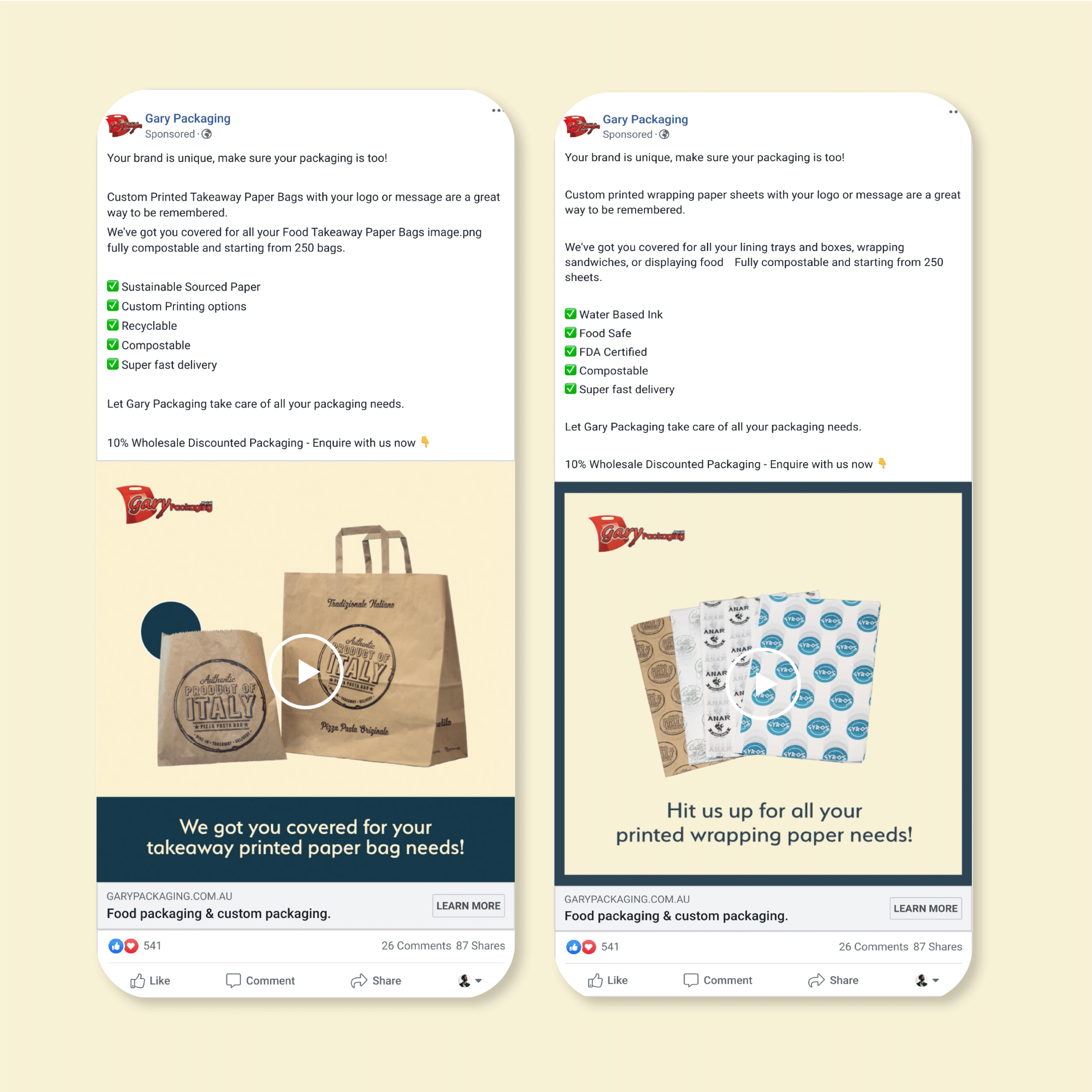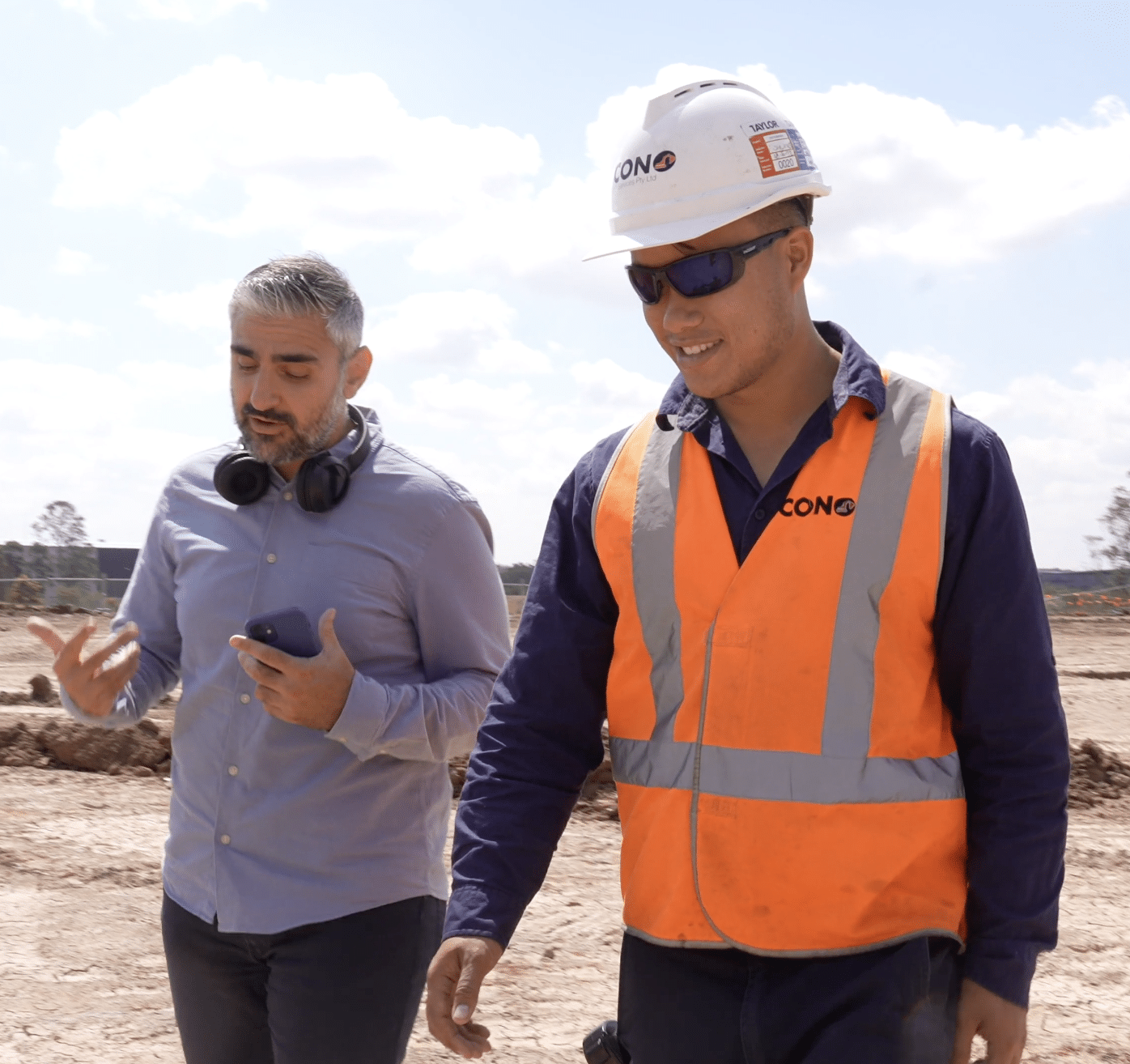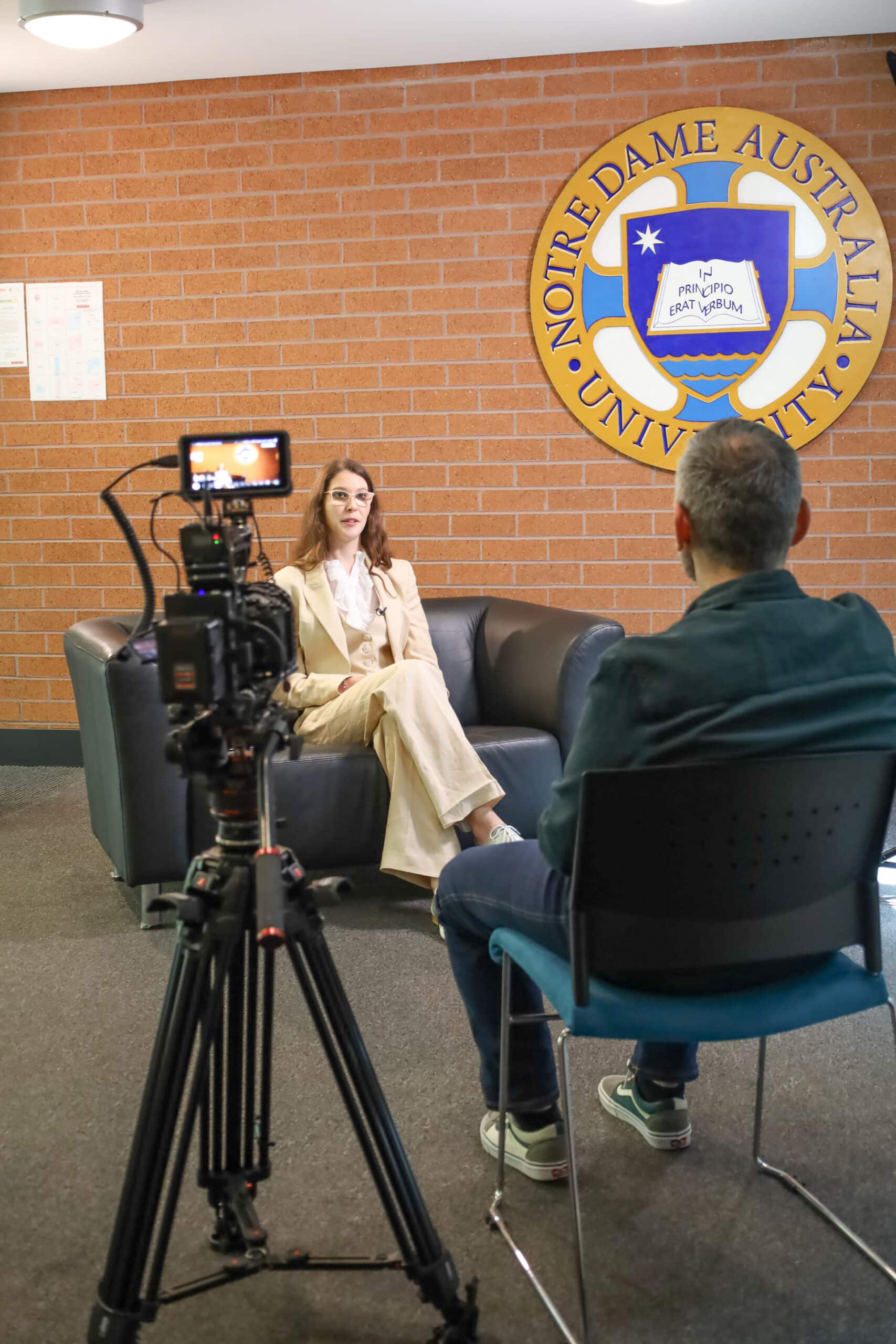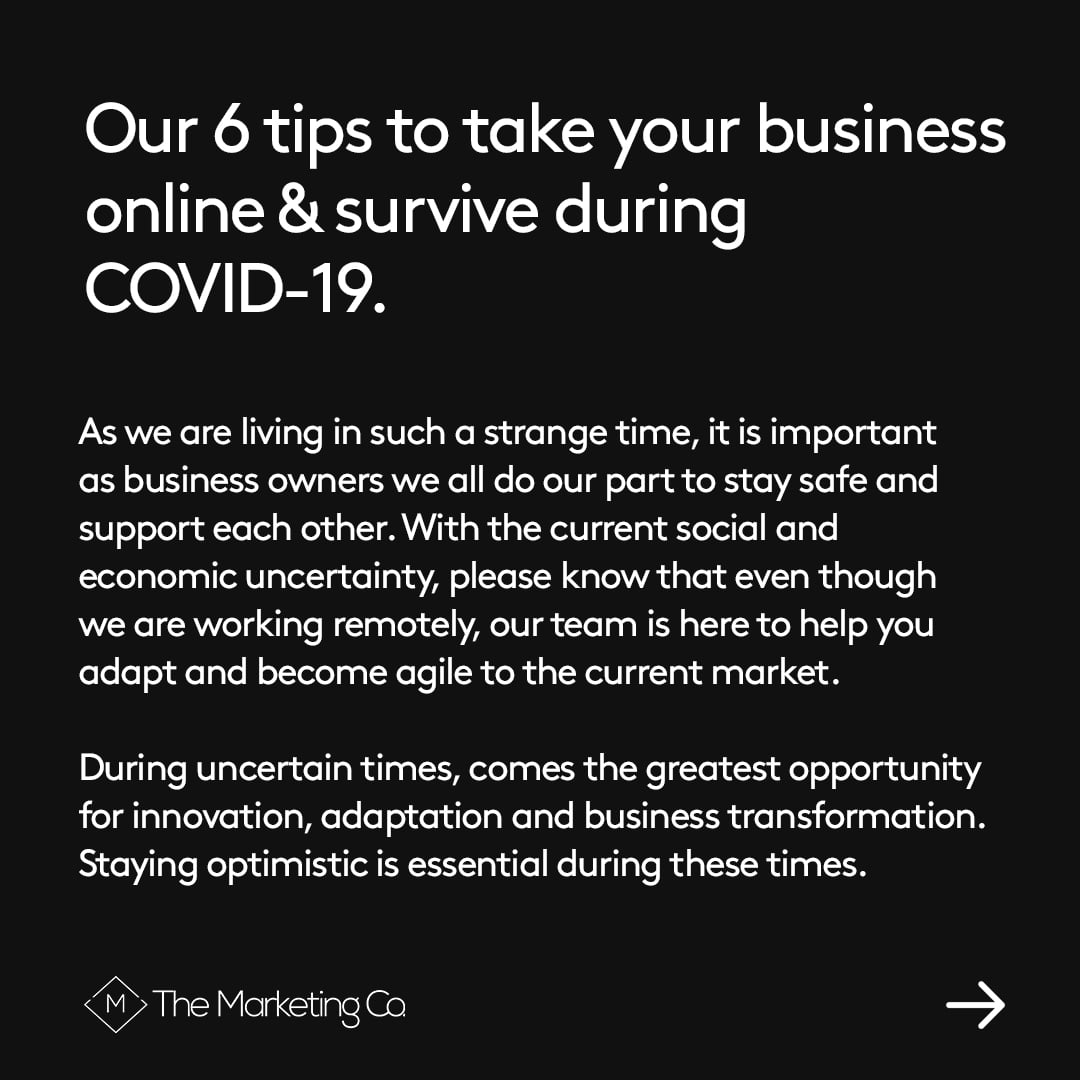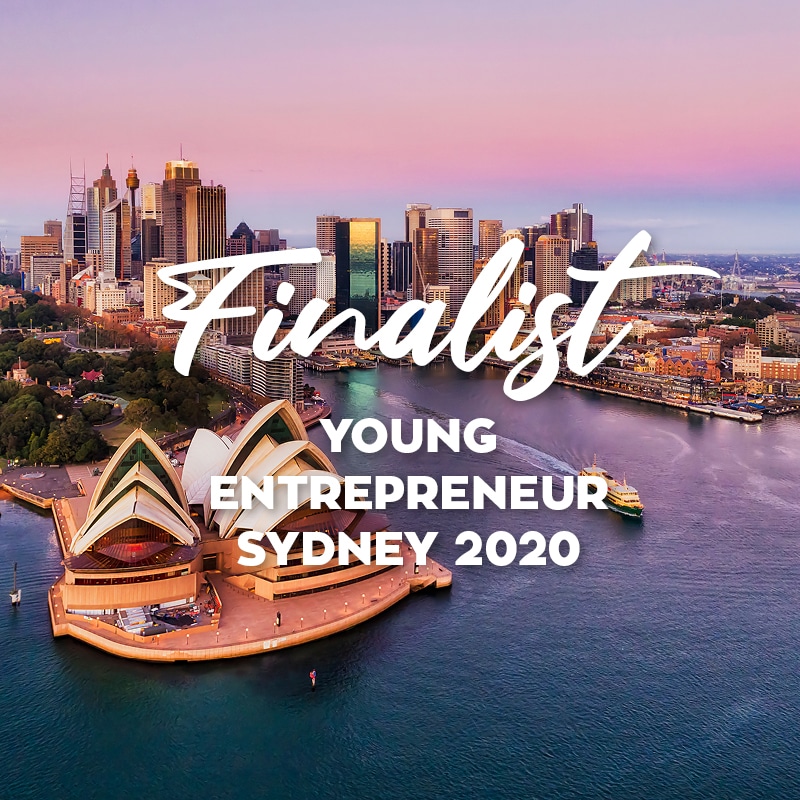The playing field is leveled in the realm of social media marketing. This can make it seem like the Internet is the “Wild West” in advertising. With so many people online, it could seem like it’s an entire world of its own. It’s a world where you can show anyone — and maybe everyone — what you want to show them.
If you want to get your brand in front of people, you can try using Facebook Ads. But if you’re wondering how much you need to start doing that, there isn’t a set price where you pay a fixed amount to get your ads in front of an audience.
There are many factors that you should consider when trying to figure out the cost of getting your ads up on Facebook.
One Thing You Should Know
Even if numerous factors can affect how much it takes to get your ad in front of as many people as you want, the cost for advertising on Facebook is about as much as you’re willing to spend.
Let’s say you’ll spend $5 a day getting your ads on Facebook. Facebook Ads will only use just about as much as you give it. In this case, only 5 dollars a day. However, 5 dollars a day, even if it does get your ad in front of people, probably won’t get you in front of enough of your target audience.
In that case, you want to get a balance between how much you’re spending on ads and how effective those ads are. This is where you should ask yourself why you want to advertise on Facebook ads.
What Are Your Objectives?
What you want your ads to be doing on Facebook is a huge question that affects how much you would be paying for ads. You want them to be as effective as possible without spending too much. Deciding on your objectives would help you optimise your budget.
There are several objectives that Facebook lets you choose from the get-go. Keep in mind that these choices have largely different outcomes. Be sure to choose which objective will help you get the results that you want.
The following list is a basic overview of what the choices are alongside what you can expect in terms of results:
Awareness Objectives
Brand Awareness
Under the Awareness Category is Brand Awareness. This is typically used by bigger, more well-known brands because the goal for this objective is to gauge how people can remember an ad that they saw online.
However, to get more accurate results, you would need to execute a brand-lift study. For smaller brands, that might not be ideal because that would mean expending more resources — resources you could put into reaching much better results using other objectives.
Reach
This objective also falls under the Awareness Category. What this does is that it tries to get as many impressions from people as possible. If you want to get the word out to a lot of people, but not necessarily expecting those people to take action immediately, this is the way to go.
This wouldn’t really translate into more sales or clicks if you’re trying to get people to do something you want. What this objective does best is only to get people to see it. Like what this objective indicates, you can try to reach for people, but it is up to those people if they want to reach back.
Consideration Objectives
Traffic
Because this objective is optimized for people who are more likely to take action, it allows you to choose what prospective audiences can do upon viewing your ad: “Landing Page Views” and “Link Clicks”.
You can see where these choices have similarities, but where they differ is that “Landing Page Views” is optimized for people who will wait for a web page to load. “Link Clicks” is for people who will simply click the link and move on scrolling through their newsfeed. You should use this objective if you want to get people to look at something outside of Facebook.
Engagement
“Engagement” involves getting people to do more than just look at your ad but to interact with it. This objective also offers you choices. The three choices include “Post Engagement,” “Page Likes,” and “Event Responses”.
Post Engagement is optimized for people who are more likely to react, comment or share a post. This is for posts that would already encourage engagement organically. “Post Engagement” won’t automatically make your post viral. People need a reason to interact with it.
The Page Likes option is for getting more people to follow and like your page. That way, they’ll be able to see everything you post after they click the follow button. However, this is only available for Facebook, and cannot be used for growing your Instagram following.
Choosing Event Responses allows you to get people to respond to an event that you are organizing. Keep in mind that not everyone who clicks “Going” will actually attend the event. If you want to get people to do more than click “Going” on your event page, you might want to try a different objective.
App Installs
This objective is optimized for people who would install an app after seeing an ad for it. Choose this objective only if you have an app that prospective audiences would like to install. You should also make it a point to register your app with Facebook in order to monitor the statistics and event data in App Manager and SDK.
You’re offered two choices with this objective as well. Automated app ads will be a more simple ad creation process, with Facebook Ads doing most of the work for you. With manual app ads, you are more in control with what you want people to see with these ads.
Video Views
With this objective, Facebook will prioritize people who are more likely to view 2 to 15 seconds of your video ad. This is helpful for establishing a presence with a cold audience, or people who otherwise haven’t heard about your brand.
Through this, you would need to optimize your ad to let people know what your brand is all about within the first few seconds. However, you don’t need to use this option if you have a video ad. You can use videos in other objectives as well.
Like the “Reach” objective, this option would only be useful if you want to get people to see a video without taking immediate action.
Lead Generation
This objective is if you want to get contact details from your audience. You’ll be able to access these details to get in touch with your customers and to get a better picture of what kind of customers you’ll attract.
Make sure to only use this objective if you don’t have a sign-up form on your website, or if your website isn’t optimized for mobile.
Messages
This objective is to get people to send messages and inquiries to your page. Just be sure that someone is there to answer the messages people will be sending.
You should also be sure to indicate in your ad that customers will be having a conversation with you, so they’re not surprised to see their messenger app when they click on the ad.
Conversion Objectives
Conversions
If you want to get people to perform an action on your website, such as subscribing to an email list or adding an item to their cart, use this objective. However, you would also need to install Facebook Pixels and the Conversions API on your website. You’ll also need to verify your website’s domain, as well as configuring your events with the Events Manager.
This objective has two options, Purchase and Lead. If you want people to buy something from your website, choose the Purchase option. If you want a user to submit their details, choose Lead.
Catalogue Sales
Choose this objective if you want users to see the different kinds of products you’re selling. To do this, you need to create a catalogue of your products on Facebook and choose this option to let audiences see what you’re selling.
Be sure to use eye-catching photos for the products on your catalogue since Facebook will be using these pictures to stop users from scrolling through their newsfeed and turn those users into customers.
Store Traffic
This objective involves getting people to go to your physical store. You’ll need to add the different locations of your stores to your Facebook page, as well as your operation hours. Based on this information, Facebook will show the ad to people closest to your stores.
Use this objective if you have multiple locations for people to go to. If you only have one store, the Reach objective would work best.
What Are Some of the Other Factors Involved?
When all is said and done, you would also have to consider many other factors that could affect the results of your ads. You have to consider what time of year it is, the costs per click (CPC), costs per mile (CPM), and a lot of other things that would be better mentioned in another post.
With all the factors and objectives that can affect how much it would cost to get your ad on Facebook, you should consider leaving it to the experts. You can remove the guesswork out of social media marketing with The Marketing Co as your top choice of online marketing company. Consider contacting us for a free audit, and see what else you can do to get your brand in front of customers today.
